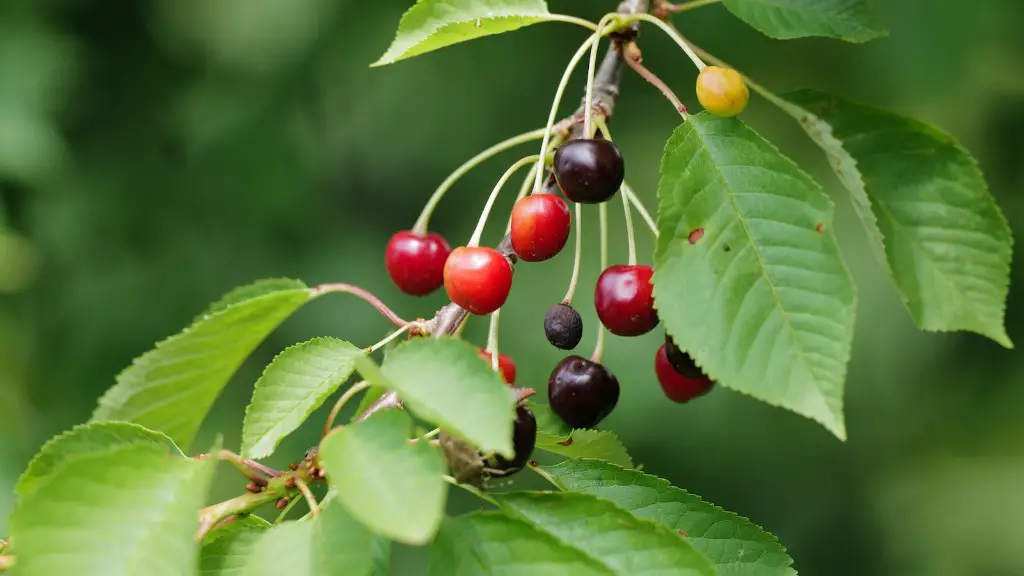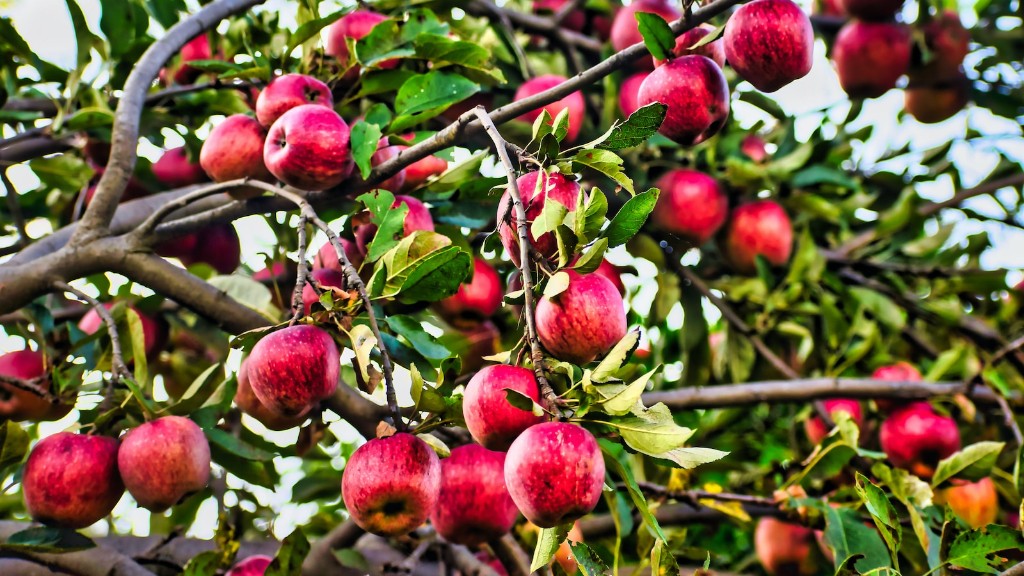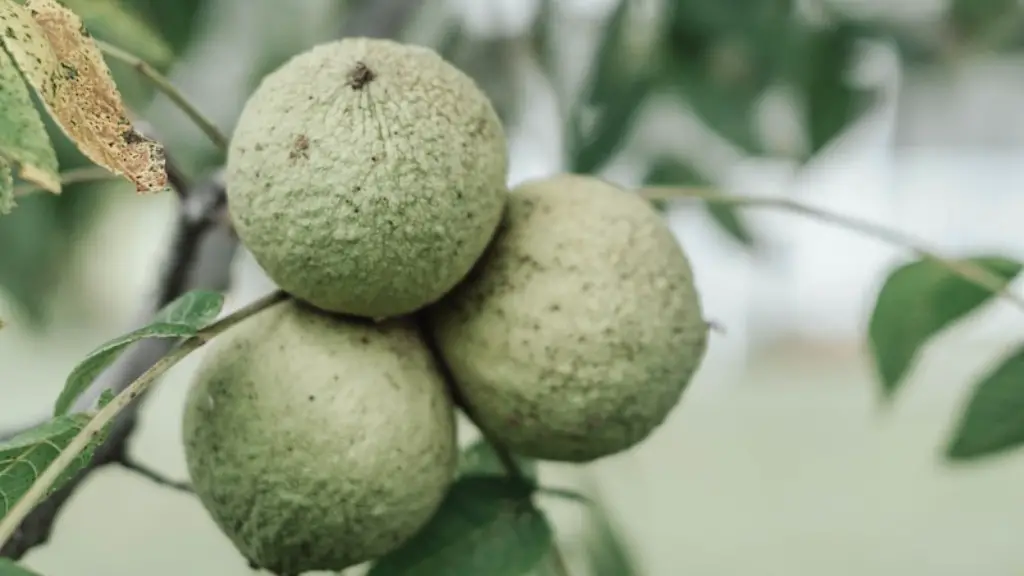When Should You Plant a Weeping Cherry Tree?
Weeping cherry trees, or Prunus subhirtella, are one of the most popular ornamental trees. Especially appreciated around the time of spring, they’re known to bring cheer, with their abundance of white and pink blooms. These trees, like any other, require thoughtful care when planting.
The location, soil, and temperature all play an important role in ensuring your tree’s health and vigor. According to experts, the best time to plant a weeping cherry tree is in the fall, when the soil is still warm. Cold soils contain more microbial activity which is necessary for root growth.
The soil around the weeping cherry should also be kept moist and it’s imperative to enrich it with natural organic matter to promote healthy development. Natural organic matter can come from decaying leaves or compost and should facilitate good water and nutrient exchange.
Since weeping cherry trees are deciduous, you should be mindful of their exposure to the sun. Trees that grow in full sun tend to bloom better than those in partial shade. Thus, when selecting the location to plant your tree, consider the experience in full or partial sun.
If you have already planted a weeping cherry tree and are concerned about its well-being, you may also wish to provide additional nutrients. Fertilizing a weeping cherry tree is not necessary; however, organic fertilizers may help stimulate blooming. Be sure to use a diluted fertilizer solution and avoid heavy applications.
When it comes to pruning, it’s essential to begin pruning in late winter or early spring. The time of pruning is important; too much pruning in the summer can produce less flowers. Pruning techniques should be based on a combination of structure and form. Since weeping cherry trees can become quite large, it’s important to prune with caution to ensure that your tree does not become unmanageable in size.
While eradicating pests and disease typically requires a professional, it is possible to treat some of common ailments. Avoiding overcrowding is key to preventing insects and diseases. Additionally, spraying with a simple solution of horticultural oil or insecticidal soap can be helpful in controlling pests such as aphids and Japanese beetles.
Caring for a Weeping Cherry Tree
Whether you’ve just purchased a weeping cherry tree or you’ve had one for years, caring for it appropriately is key in maintaining its beauty and health. Pruning, watering, and treating for pests and disease are important for any ornamental tree and should be done with consistent effort.
Watering is an important part of keeping a tree healthy. Weeping cherry trees should be watered every 5 to 10 days depending on weather conditions and soil composition. It is especially important in the spring and summer months when buds and flowers start to form.
When it comes to pruning, it helps to have a clear vision in mind. It’s important to know what the tree will look like in its matured form when pruning to ensure that it’s symmetric and healthy. For weeping cherry trees, prune with an emphasis on structure, keeping in mind that too much pruning can interfere with flower growth.
In terms of pests, some of the most common are aphids and Japanese beetles. If you notice that your tree is infested with these pests, spraying a solution of horticultural oil or insecticidal soap can be very helpful in the treatment process. Additionally, mulching and avoiding overcrowding can help to reduce the chances of an infestation.
Weeping cherry trees are beautiful when properly taken care of and can bring cheer to any landscape. By understanding their needs and providing the necessary care, you can ensure that your tree will remain healthy and vibrant for years to come.
Planting a Weeping Cherry Tree
Weeping cherry trees are great for any landscape, whether you want to start a new garden, or add beauty to an existing one. When planting a weeping cherry tree, it’s important to consider its future needs. Taking the proper precautions and establishing appropriate care practices when planting will ensure that your tree remains healthy and vibrant.
The best time to plant a weeping cherry tree is in the fall, when the soil is still warm. Choosing the right soil that is well-drained and rich in organic matter will help promote healthy development. Exposure to full or partial sun should be taken into consideration as well.
It also is important to consider enrichment of the soil, suggesting that organic matter, such as compost and decaying leaves, be applied to help promote healthy growth. On top of that, if you’re worried about the health of the tree, certain fertilizers may help to further stimulate the bloom.
Once your weeping cherry tree is planted, its health and vigor depend heavily on the care it will receive in the years to come. Mulching is a great practice to minimize weed growth and retain moisture in the soil. Additionally, regular watering and pruning will ensure that your tree remains healthy.
By taking the necessary steps and providing appropriate care, you can ensure that your weeping cherry tree remains healthy and robust. With careful and thoughtful planting, your tree will bring beauty to your landscape for many years to come.
Pruning a Weeping Cherry Tree
In order to ensure that your weeping cherry tree is healthy and full of engaging blooms, it’s important to consider pruning as part of your overall care regimen. Pruning can be a daunting process, however, with the right amount of knowledge, you’re sure to end up with results you will love.
Prune your weeping cherry tree in late winter or early spring. Don’t prune too heavily – pruning too much can inhibit flowering. When pruning, focus on structure and create a form. Removing dead, diseased, and damaged wood is also important in helping the tree heal.
The job of pruning a weeping cherry tree is a delicate balance. Pruning too much can keep the tree from blooming. On the other hand, not enough pruning can cause the tree to become unmanageable in size. Strive for a balance between structure and form of the tree, and don’t forget to prune with caution.
Weeping cherry trees are popular ornamental trees and are especially appreciated come springtime. Taking the proper steps to prune correctly is essential in ensuring that your weeping cherry tree is healthy, full of engaging blooms, and remains manageable in size and stature.
Treating for Pests and Disease
Pests can be a menace for any garden, and particularly for a weeping cherry tree. Common pests of the weeping cherry tree include aphids and Japanese beetles, each of which can cause damage if left unchecked.
A simple solution of horticultural oil or insecticidal soap can be effective in controlling pests. Avoiding overcrowding can also help in prevention of infestations, as crowded gardens may see heightened activity of pests.
On top of that, diseased trees can also be hazardous to the health of your land. To prevent disease, keep trees planted in an area that allows for adequate ventilation and light, and free of overcrowding. Mulching with organic matter is also effective in deterring disease, as it can help aerate the soil.
It is important to turn to a professional for most treatment of pests and disease. However, with some awareness, knowledge, and effort, it is possible to take the necessary steps to treat and prevent pests and disease effectively.
Mulching for a Weeping Cherry Tree
In addition to providing a lovely aesthetic boost, mulching is a great way to ensure the health and vigor of your weeping cherry tree. Mulch can help cool the soil, retain moisture and nutrients, and discourage weed growth.
When applying mulch to your weeping cherry tree, it’s important to keep a few guidelines in mind. It is recommended to keep the layer of mulch 2 to 3 inches thick around the tree. Additionally, don’t mound the mulch directly against the trunk of the tree, as this can attract insects and invite diseases.
Organic mulch is the best option for weeping cherry trees. Organic mulch includes material such as shredded bark, compost, or leaves. These materials help enrich the soil with natural elements, while also improving soil moisture, aeration, and structure.
Organic mulch also helps affix a weed-killer to the soil so that plants do not need to be pulled and picked out of the garden. For these reasons, mulching your weeping cherry tree is an essential part of a gardening regimen and should be done regularly to ensure that your tree remains healthy and vibrant for years to come.





